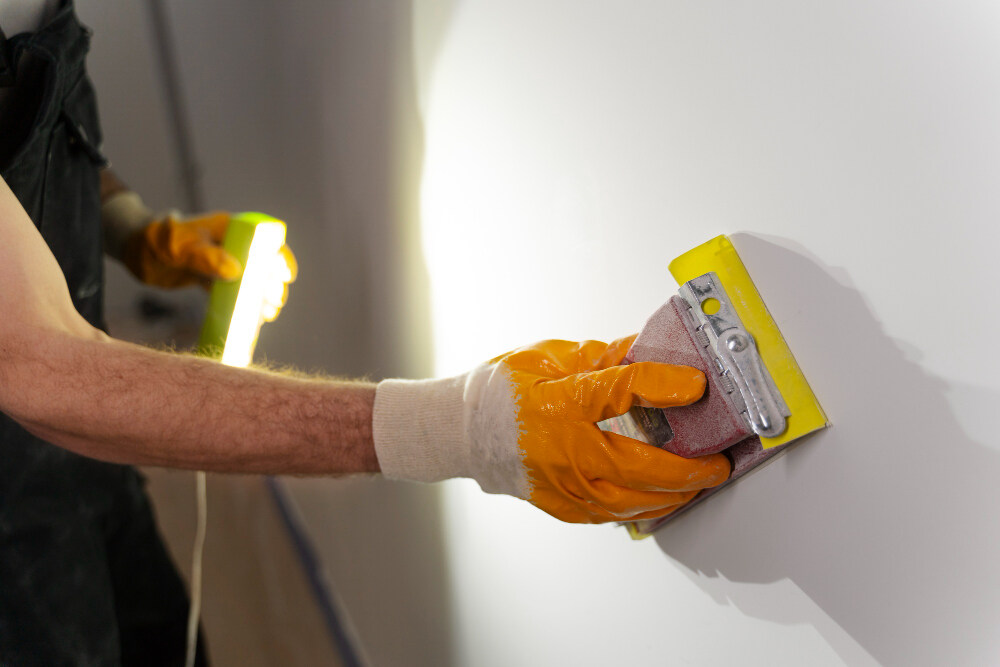Short answer: Sometimes, but it’s usually not the smartest choice. Certain PPG Speedhide formulas are marketed as self-priming and can be applied over new drywall in a pinch, but manufacturer guidance and painting best practices still favor a proper drywall primer for consistent coverage and long-term performance.
Why manufacturers offer “self-priming” paint and what that actually means
When a product says it’s “self-priming,” it means the finish coat has enough body and binder to seal moderate porosity on surfaces like lightly abraded or previously painted walls. PPG Speedhide family includes finish paints and companion primers (like Speedhide MaxPrime and Speedhide Zero) and the technical data notes some Speedhide finishes may be used self-priming on new drywall. That is conditional — performance depends on drywall porosity, joint compound coverage, and the final sheen.
When it’s okay to skip a separate primer
You can consider painting new drywall with a self-priming Speedhide flat in these limited cases:
- The drywall was skim-coated, sanded, and is uniform in porosity.
- You’re painting a mid-to-dark color where hiding power is less of an issue.
- You accept that you may need a second (or third) coat of finish paint for full coverage.
Even then, be prepared: self-priming finish coats commonly use more product and more coats than a dedicated primer + finish system.
When you should absolutely prime first
Use a dedicated drywall primer (PVA or a quality latex primer like Speedhide MaxPrime) when:
- Surfaces are new with exposed joint compound, tape lines, or patches.
- You’re changing from dark to light colors.
- You want consistent sheen and the fewest finish coats possible.
- The walls are highly porous or uneven in texture.
Primers seal porous drywall paper and joint compound so the finish coat goes on evenly and with better hiding – this is a standard recommendation from drywall and painting pros.
Practical, pro-level workflow (what I’d do on a new interior wall)
- Inspect drywall closely: look for joint ridges, fresh mud, and color/porosity differences.
- If drywall is new or patched — apply a drywall primer (PVA or Speedhide MaxPrime). This evens porosity and reduces flashing.
- If surface is already uniform and you still want to try Speedhide self-priming flat, do a test panel: roll a 3’×3′ area, let dry, and judge coverage and sheen uniformity.
- If the test needs more than one coat or shows blotchiness, go back and prime the whole wall – it’s faster and cheaper than extra finish coats.
Risks of skipping primer
- Uneven sheen (flashing): joints and paper absorb differently, creating visible sheen/texture differences.
- More coats needed: you’ll burn through more finish paint to hide porosity and seams.
- Adhesion/long-term issues: primer improves bonding on raw gypsum surfaces; skipping it increases risk of premature wear.
Quick buyer tip: Which PPG product to reach for
If you want manufacturer-backed reliability, choose a Speedhide primer (MaxPrime or Speedhide Zero) for new or patched drywall, then finish with your Speedhide flat. The primer is designed specifically to minimize porosity differences between paper and joint compound for a uniform sheen and the fewest coats of finish.
Frequently Asked Questions
Can I save money by skipping primer and using only Speedhide flat?
Maybe up front, but likely not. You may need extra finish coats, which can cost as much or more than a single primer coat – plus primer saves time by improving hide and uniformity.
Is a PVA drywall primer different from Speedhide MaxPrime?
Yes. PVA primers are economical drywall sealers; Speedhide MaxPrime is a high-build latex primer/surfacer designed to equalize porosity and minimize joint telegraphing for a professional finish.
If I used Speedhide and see blotchy areas, can I prime over the paint?
You can apply a primer over a previously rolled coat if it’s fully dry, but it’s more common to spot-sand, prime, then repaint the finish for best results.
Conclusion
So, can Speedhide PPG flat paint go over drywall without primer? Yes, some Speedhide finishes are rated self-priming on drywall—but the practical, pro answer for a durable, even, and economical finish is usually no: prime first. A dedicated drywall primer (PVA or Speedhide MaxPrime) saves time, paint, and risk by evening porosity, sealing joint compound, and ensuring consistent sheen. If you must skip primer, always test a small area first and be ready to apply extra finish coats or revert to priming if results are uneven.

